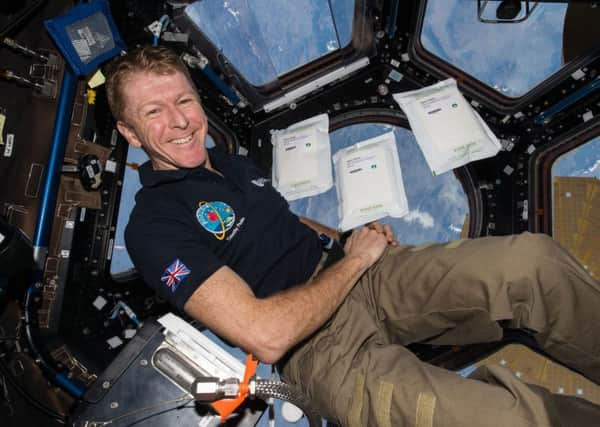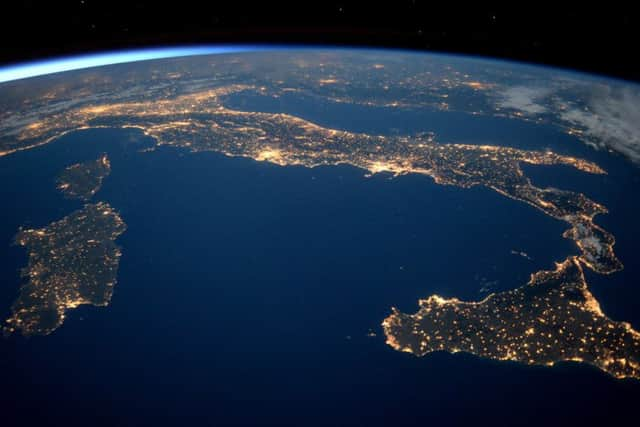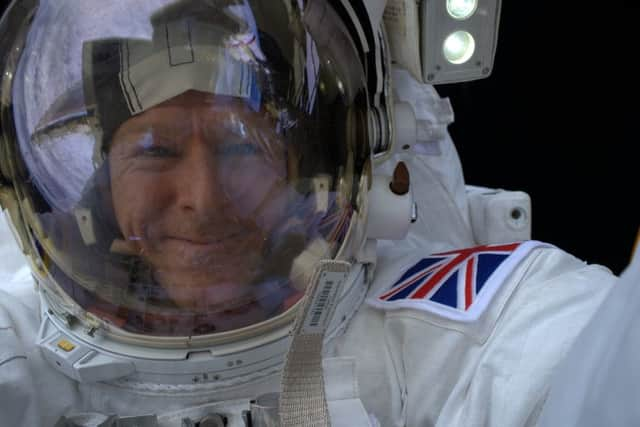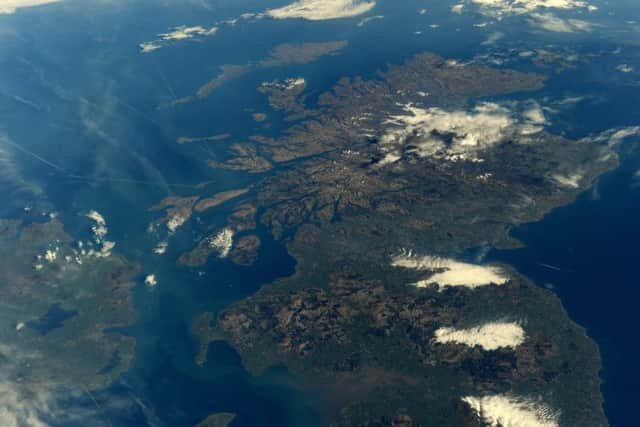How will astronaut Tim Peake re-adjust to the world?


When Ed White sent his final communication to Nasa’s mission control during his space walk in 1965, the American pioneer articulated an emotion that generations of astronauts would experience for themselves. “I’m coming back in,” he told his superiors in Houston, “and it’s the saddest moment of my life.”For the 536 people who have escaped Earth’s confines to witness space in all its majesty and mystery over the decades, the only thing more disorientating than the outward journey must surely be the return. This small band have glimpsed creation from afar and been privy to some of the most remarkable sights the universe has to offer. It is little wonder that the idea that they might resume an ordinary life seems so fantastic.
Yet next weekend, the latest member of that coterie will discover for himself how to reconcile a life above and beyond with the everyday. After 186 days in orbit, Major Tim Peake returns to terra firma on Saturday. The British astronaut lands in Kazakhstan early in the morning, the culmination of a mission he has described as “everything I hoped for and even more”.
Advertisement
Hide AdAdvertisement
Hide AdAfter leaving the Russian Soyuz spacecraft, he will board a Nasa aircraft to Bodo, Norway, before taking another plane to Cologne, where he is due to arrive at the European Astronaut Centre (EAC) in the early hours of next Sunday. There he will undergo medical check-ups and tests as part of research into how humans adapt to living in space.


In time, the 44-year-old will return to his beloved West Country, where home comforts will doubtless aid the process of readjustment after a six-month mission. Reuniting with his family will be his priority, but in his final interview from on board the International Space Station, Peake gave a particularly British answer when asked what he had missed the most – the rain. “Perhaps that’s because I haven’t had a shower for six months,” he said. “The feeling of nice cold drizzle on my face right now actually sounds blissful.”
Indeed, such simple pleasures are alien to those who spend months on the ISS. Astronauts cannot lie down in a bed because of the weightlessness, instead zipping themselves into special sleeping bags. Foodstuffs, meanwhile, are predominantly in a dehydrated state, with only the occasional batch of fruit and vegetables adding colour to their diet.
The dutiful Peake has never complained of such matters, at least not in public. Instead, he has spent the majority of the mission – known as Principia, after Isaac Newton’s Naturalis Principia Mathematica, which described the principal laws of motion and gravity – engaged in practical, hands-on scientific work.
Together with Nasa astronaut, Tim Kopra, and Russian commander-cosmonaut, Yuri Malenchenko, Peake has conducted a wide range of experiments – more than 30 in all – and taken part in a dozen research activities at his orbital workstation some 400 kilometres above the Earth.


According to Dr Steve Taylor, a senior lecturer in psychology at Leeds Beckett University who has interviewed several astronauts about their life during and after their time in space, Peake’s work will help him readjust to life on the ground.
“He has had a major responsibility during his mission and hopefully he will feel his work has been of value to a wider community,” he says. “Tim seems like a very positive person and I’m sure he’ll feel he has been of use of the whole human race by testing the extremities of existence.”
The work carried out on the ISS included measuring electromagnetic radiation on the sun as well as monitoring radiation levels in space capsules so as to help inform and protect future long-duration space missions.
Advertisement
Hide AdAdvertisement
Hide AdPeake’s participation in the mission saw his own body used as a testing ground. In an experiment known as Brain-DTI, he will be examined in detail upon his return to help understand how the neural processes of perception adapt to weightlessness.


According to the European Space Agency, this research could ultimately lead to new tools for further exploration of spatial cognition. And Peake’s log of any headaches he experienced while in orbit will be used to help develop measures to reduce migraines.
Such practical applications are at the heart of Principia’s pioneering work. Another experiment, known as Circadian Rhythms, focused on how Peake adapted to the novelty of seeing no fewer than 16 sunrises and sunsets every day during his time in space. The impact on his biological clock, the ESA hopes, will aid not only future missions, but people who work irregular hours, such as doctors and paramedics.
The highlight of the mission, Peake has said, was the “truly incredible” space walk he made in January. He and Kopra stepped outside the ISS to replace a faulty electrical component and install cabling. Unexpectedly, they were then granted 10 minutes of free time, waiting for the sun to set behind Earth before it was safe to approach the solar arrays.
Those exalted few minutes would be “cherished forever”, said Peake later. “That was truly incredible, just to be able to explore that part of the space station and look down on planet Earth, and also look behind me and look out into the darkness and the vastness of space while outside the space station.”
